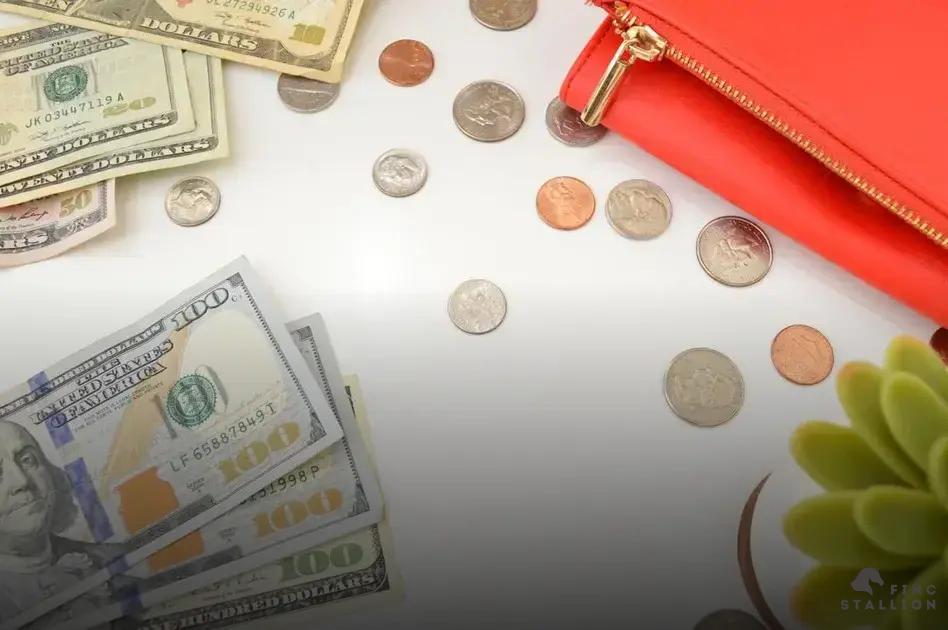Mastering your finances can seem overwhelming, but using the envelope system may be the perfect solution. This straightforward and effective approach to budgeting helps you allocate funds wisely, ensuring you spend only what’s available. Dive into these practical tips to make the envelope system work for you.
What is the Envelope System?
The envelope system is a budgeting method that helps manage personal finances by using physical envelopes to allocate spending. Originally popularized by financial experts, this system involves dividing your income into different spending categories. Each category then gets its own envelope filled with the allocated amount of cash.
For example, if you budget $200 for groceries, you would place $200 in the grocery envelope. When you shop, you use only the money from that envelope. This hands-on approach prevents overspending since you can’t spend more than what’s in your envelope.
This method ties spending to cash availability, making you more conscious of your expenses and promoting financial discipline. Many find it useful because it eliminates credit card usage, fostering a tangible connection to money. Envelopes are not just limited to expenses; some use them for savings goals as well, like setting aside cash each month for vacation or emergency funds.
Modern adaptations might include using digital versions of the envelope system through banking apps or budgeting tools. These allow you to track spending within set limits without using physical cash, while maintaining the core principle of spending control.
Benefits of Using Envelopes

Envelopes are more than just paper containers; they can revolutionize the way you manage your finances. By adopting the envelope system, you can achieve greater financial discipline and clarity.
Visual Money Management: Envelopes provide a tangible way to handle your money. When you can see how much cash is left, it becomes easier to control spending. This visual approach makes financial management accessible and straightforward.
Categorized Spending: Using envelopes helps in categorizing expenses efficiently. Each envelope represents a budget category, allowing you to allocate funds specifically for necessities such as groceries, entertainment, and savings. This method ensures that money is used as intended and helps in avoiding unnecessary expenses.
Encourages Saving: The envelope system inherently promotes saving. As you allocate funds into different envelopes, you become more conscious of setting aside money for savings goals. This system encourages consistent saving habits, even if it’s a small amount each month.
Improved Financial Awareness: Handling cash rather than digital money offers insights into your spending habits. It creates a deeper understanding of where your money goes and helps in identifying areas that need budget adjustments. With this knowledge, you can make better financial decisions and adjustments.
Discipline and Accountability: The system instills discipline as there is no room for overspending. Once an envelope is empty, you’re aware that you’ve reached your limit for that category. This kind of accountability keeps you aligned with your budgeting goals.
Envelopes foster a sense of financial responsibility. With them, you’re more likely to stay on track, leading to a healthier relationship with money. Embracing this system doesn’t just control expenses but also empowers better financial choices.
Setting Up Your Envelope System
To successfully set up your envelope system, you need to start by identifying all the categories in your budget. This includes necessities like groceries, utilities, transportation, and entertainment. Determine how much money you plan to allocate to each category for the budget period, whether it’s weekly, bi-weekly, or monthly.
Once you have established your categories and set a budget for each, label an envelope for each category. Write the category name and the budgeted amount on the front of each envelope using a clear and bold font for easy reference. This can help keep you organized and on track.
Your next step is to withdraw cash for the total budgeted amount and distribute this cash among your envelopes according to your budget. Make sure to have the correct denominations to make changes easily as you spend.
Track your spending by removing cash from the correct envelope each time you make a purchase related to that category. It’s important to note down each transaction on the envelope itself or within a tracking sheet, providing a visual representation of how much money is left.
At the end of each budgeting period, review how much cash is left in your envelopes. Use this information to adjust your budget allocations for the next period. Determine areas where you can cut back or need to allocate more funds based on your spending patterns.
Tips for Sticking to Your Budget

Tracking expenses can sometimes feel overwhelming, but sticking to your budget is crucial. Create a detailed list of necessities and allocate funds accordingly.
Commit to the 30-day rule: Whenever tempted to make an impulsive purchase, wait for 30 days. If you still want it, consider fitting it into the budget. Use cash-only envelopes for expenses like groceries or dining out. This physical limitation helps control spending urges.
Regularly review your progress. Check envelopes weekly and adjust if necessary. This keeps finances on track and enables better decision-making. Remember, consistency is key in the envelope system. If you stray, regroup and refocus.





